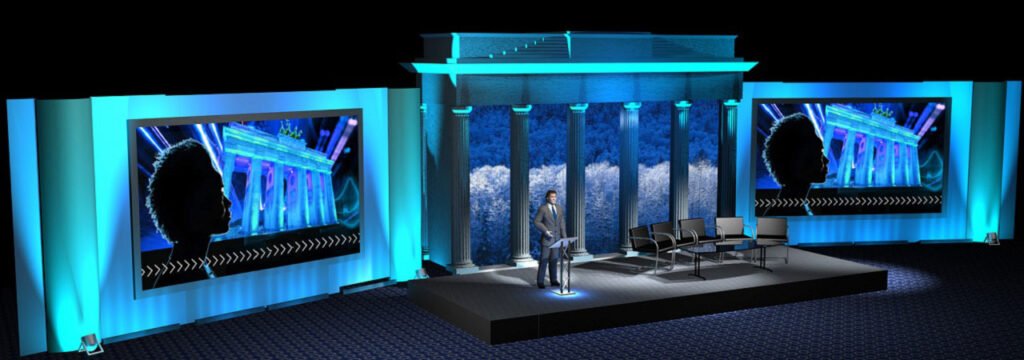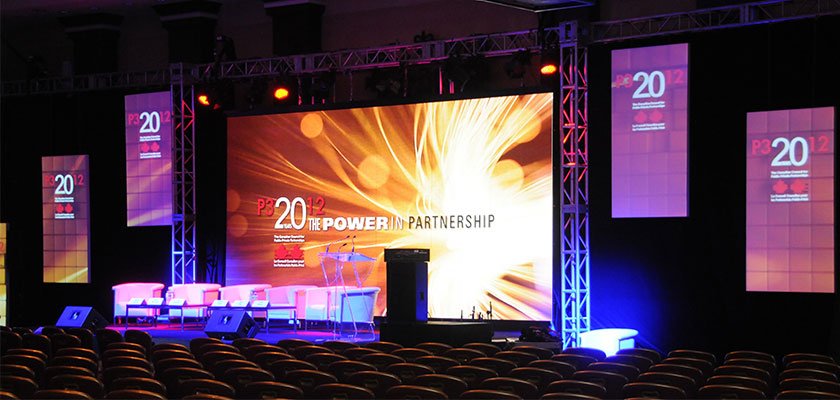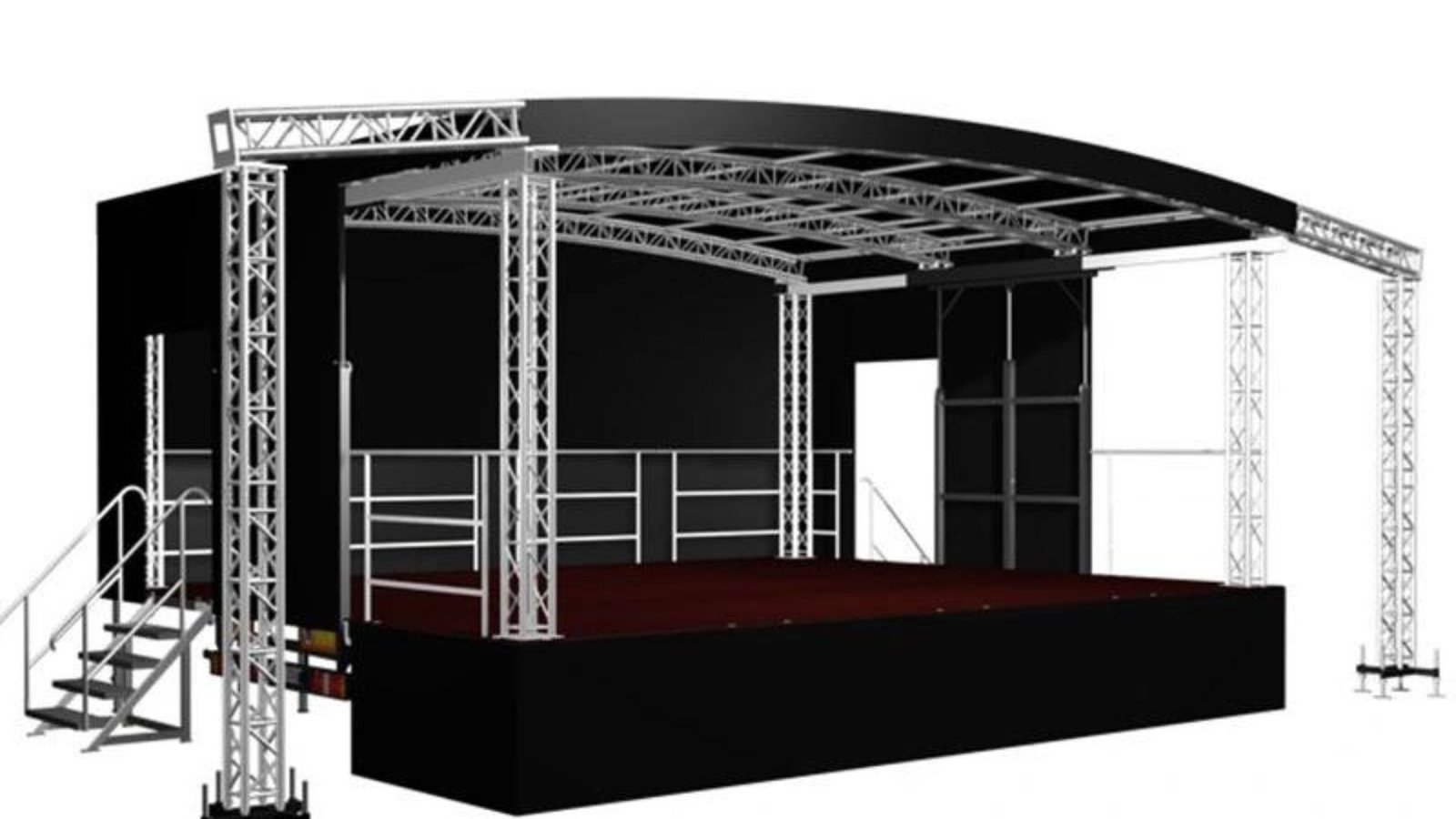Technology in Stage Design has revolutionized the way performances are conceived and executed. From advanced lighting systems to immersive visual effects, technology enhances both the aesthetic and functional aspects of stage design. By integrating innovative tools and techniques, designers can create more engaging and dynamic experiences for audiences. Here’s a comprehensive look at how Technology in Stage Design is shaping the future of live performances.
Advanced Lighting Systems
One of the most significant advancements in Technology in Stage Design is the development of sophisticated lighting systems. Modern lighting technology allows for precise control over color, intensity, and movement, which can dramatically influence the atmosphere of a performance. LED lights, for instance, offer energy efficiency and versatile color options that can be easily programmed to match the mood of the performance. Additionally, automated lighting systems enable dynamic changes in lighting patterns and effects, enhancing visual impact and supporting various scenes and transitions. By incorporating advanced lighting systems, designers can create more captivating and immersive stage environments.

Projection-Mapping and Visual Effects
Projection mapping is another breakthrough in Technology in Stage Design that has expanded the possibilities for visual storytelling. This technique involves projecting images and videos onto three-dimensional surfaces, allowing for the creation of dynamic and interactive visuals that can transform the stage. For example, projection mapping can turn a simple backdrop into a moving landscape or create intricate visual effects that interact with performers. This technology not only adds a layer of depth to stage design but also allows for seamless integration of multimedia elements into live performances. As a result, audiences experience a richer and more engaging visual spectacle.
Interactive and Immersive Experiences
Technology in Stage Design also facilitates the creation of interactive and immersive experiences for audiences. Interactive elements, such as motion sensors and audience-triggered effects, enable real-time interaction between the performance and the viewers. For instance, audience members can influence the visual or auditory elements of the stage through their actions or responses. This level of interactivity enhances audience engagement and makes the performance more memorable. Moreover, virtual reality (VR) and augmented reality (AR) technologies can be used to create immersive environments that transport audiences to different worlds or enhance the narrative of the performance. These technologies push the boundaries of traditional stage design and offer new ways to connect with the audience.
Enhanced Sound Systems
The integration of advanced sound systems is another key aspect of Technology in Stage Design. Modern sound technology provides precise control over audio quality and distribution, ensuring that every seat in the venue experiences optimal sound. Digital sound mixing, spatial audio, and wireless communication systems enable designers to create immersive and balanced soundscapes. For instance, spatial audio technology can make sound appear to come from specific locations around the audience, adding to the overall sensory experience. By incorporating enhanced sound systems, designers can deliver a more professional and impactful audio experience that complements the visual elements of the stage.
Streamlined Production and Management
Finally, Technology in Stage Design has streamlined the production and management processes, making it easier to coordinate complex performances. Advanced software tools for design, scheduling, and communication allow for more efficient planning and execution of stage elements. For example, lighting and sound can be programmed and controlled from a central interface, reducing the need for manual adjustments during performances. Additionally, real-time monitoring and diagnostics help identify and address technical issues quickly. These technological advancements ensure that the production runs smoothly and that all elements of the stage design are synchronized effectively.
Conclusion
Technology in Stage Design has significantly transformed the way performances are crafted and experienced. By leveraging advanced lighting systems, projection mapping, interactive elements, enhanced sound systems, and streamlined production tools, designers can create more engaging and immersive performances. These technological innovations not only enhance the visual and auditory aspects of stage design but also enable new forms of audience interaction and storytelling. Embracing Technology in Stage Design allows for the creation of dynamic and memorable experiences that captivate and inspire audiences, pushing the boundaries of what is possible in live entertainment.




